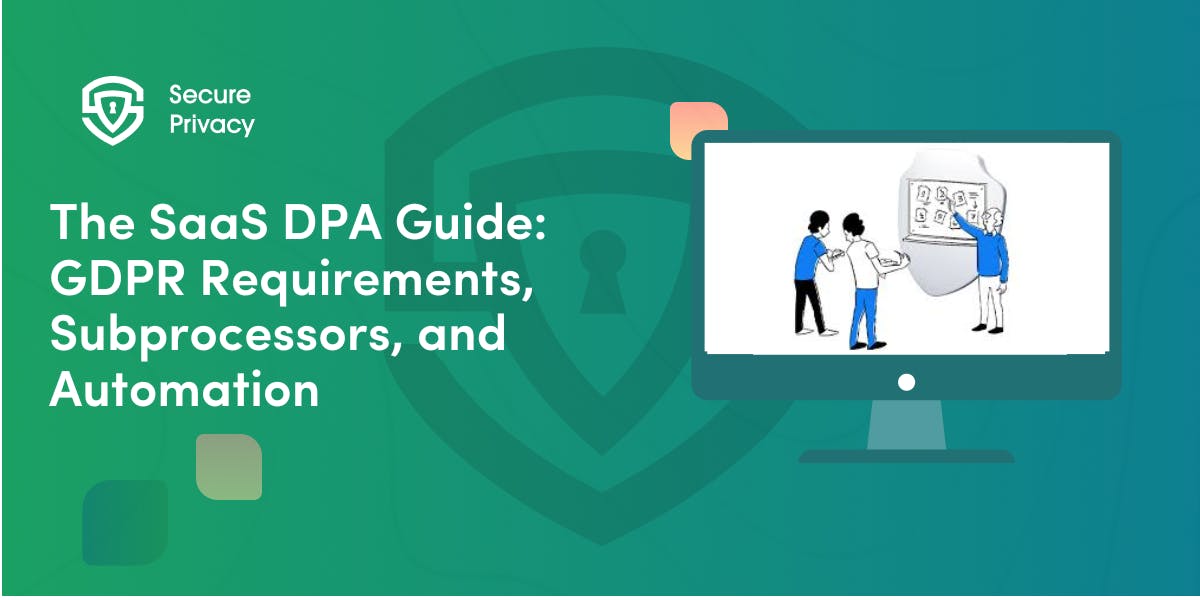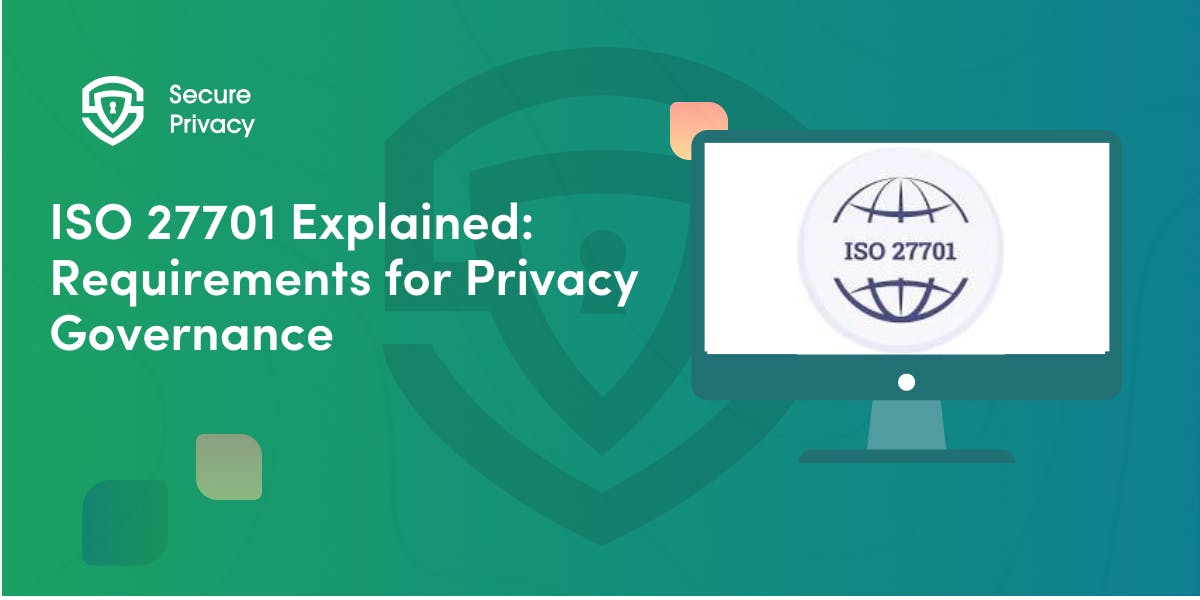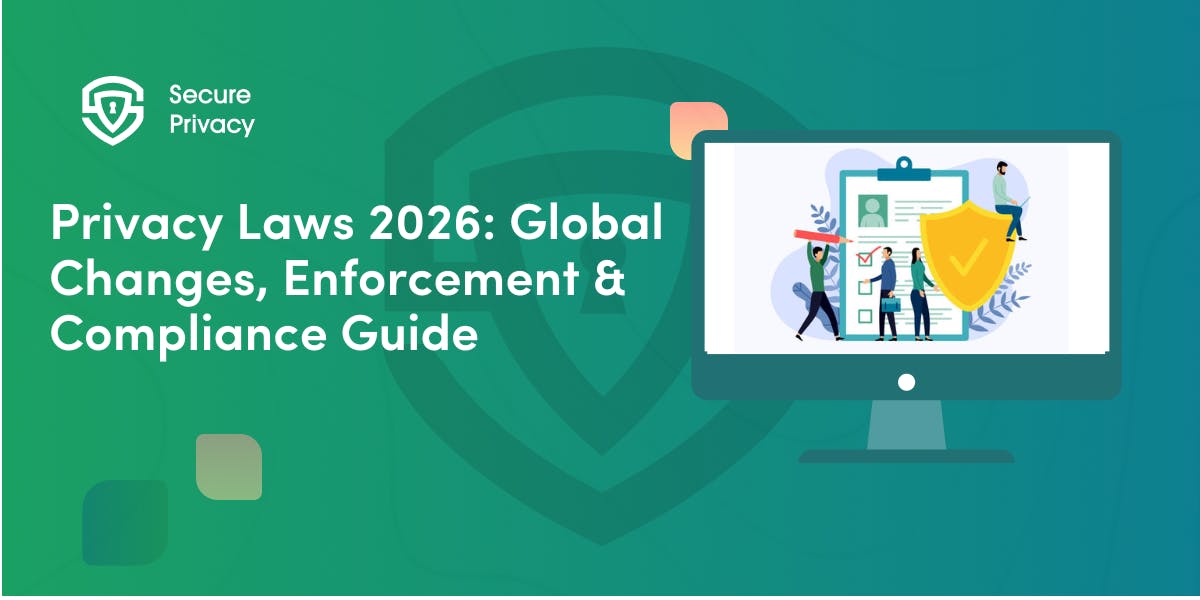Understanding the Importance of Personally Identifiable Information (PII) in Protecting Your Personal Data
Explore the world of Personally Identifiable Information (PII) – what it is, its legal definition, the importance of safeguarding it, regulatory frameworks, best practices, and the consequences of identity theft. Learn how your business can protect your customers' data.
What is Personally Identifiable Information (PII)?
The legal definition of Personally Identifiable Information (PII) is that it is any data that can be used to distinguish or trace an individual’s identity, either alone or when combined with other information that is linked or linkable to a specific individual. This includes information such as:
- Name
- Address
- Social Security number
- Date and place of birth
- Driver's license number
- Passport number
- Financial account information
- Employment information
- Medical records
PII can also include biometric information to identify a person, such as fingerprints and facial scans, as well as any other information that is linked or linkable to an individual.
PII can be collected in a variety of ways, both online and offline. For example, you may provide PII when you fill out a form online, create an account on a website, or make a purchase. PII can also be collected through social media, public records, and other sources.
Why is PII important?
PII is important because it can be used to protect your personal data. When businesses and organizations collect PII, they are legally obligated to protect it from unauthorized access, use, or disclosure. This helps to ensure that your personal information is safe and secure.
This information can be used for a variety of purposes, including:
- Targeted advertising
- Fraud prevention
- Law enforcement
- Credit scoring
- Employment screening
However, PII can also be misused by criminals and other malicious actors. For example, PII can be used to steal someone's identity, commit fraud, or open fraudulent accounts in someone's name.
What qualifies as PII?
PII is characterized by the following:
- Identity-related information: PII is information that can be used to identify an individual.
- Qualifying factors for PII: PII is not limited to a specific set of data. Any data that can be used to identify a specific individual is considered PII.
- Sensitive and non-sensitive PII: PII can be classified as sensitive or non-sensitive. Sensitive PII includes information such as Social Security numbers, credit card numbers, and medical records. Non-sensitive PII includes information such as name, address, and email address.
Identity-related information
PII is information that can be used to identify a specific person. This includes information such as name, address, date of birth, Social Security number, and driver's license number. Even information that is not unique on its own, such as a name and address, can be considered PII if it can be used to identify a specific person when combined with other information.
Qualifying factors for PII
PII is considered to be any information that can be used to identify a specific person, either on its own or in conjunction with other information. This means that even information that is not traditionally considered to be PII, such as a zip code or IP address, can be considered PII if it can be used to identify a specific person when combined with other information. For example, if a company has your name and date of birth, but not your Social Security number, they may still be able to identify you.
Sensitive and non-sensitive PII
PII can be further classified into sensitive PII and non-sensitive PII. Sensitive PII is information that is more likely to be used for identity theft or other crimes. This sensitive data includes information such as Social Security number, credit card number, and medical information. Non-sensitive PII is information that is less likely to be used for identity theft or other crimes. This includes information such as name, address, and phone number.
Examples of sensitive information include:
- Social Security number
- Credit card number
- Driver's license number
- Medical records
- Passport information
- Biometric data
Examples of non-sensitive PII include:
- Name
- Address
- Phone number
- Email address
- Date of birth
Are all personal data considered as PII?
No, not all personal data is considered PII. PII is a subset of personal data that is specifically identifiable to a particular individual. Personal data, on the other hand, is any information that relates to a living individual.
For example, your name is personal data, but it is not PII on its own, because there are many people with the same name. However, if you combine your name with other information, such as your Social Security number, date of birth, and address, then that information becomes PII, because it can be used to uniquely identify you.
Other examples of PII include:
- Driver's license number
- Passport number
- Credit card number
- Medical information
- Biometric data (e.g., fingerprints, facial scans)
- Email address
- IP address
- Device ID
It is important to note that the definition of PII may vary depending on the context in which it is being used. For example, the definition of PII under the General Data Protection Regulation (GDPR) is slightly different from the definition of PII under the United States Health Insurance Portability and Accountability Act (HIPAA).
Regulatory frameworks and PII
PII is regulated by a number of laws and regulations, including the General Data Protection Regulation (GDPR) and the California Consumer Privacy Act (CCPA). These laws require businesses to protect PII and to give individuals control over their personal data.
General Data Protection Regulation (GDPR)
The GDPR is a regulation in EU law on data protection and privacy in the European Union (EU) and the European Economic Area (EEA). It also addresses the transfer of personal data outside the EU and EEA areas. The GDPR aims primarily to give control back to citizens and residents over their personal data and to simplify the regulatory environment for international business by unifying the regulation within the EU. It does this by replacing the data protection directive (Directive 95/46/EC) of 1995. The regulation has been in effect since May 25, 2018.
Laws regarding PII
In addition to the GDPR, there are a number of other laws and regulations that protect PII. For example, in the United States, the Health Insurance Portability and Accountability Act (HIPAA) protects the privacy of individually identifiable health information. The Fair Credit Reporting Act (FCRA) protects the confidentiality and accuracy of consumer credit reports.
Here are some of the key requirements of regulatory frameworks for PII:
- Businesses must obtain consent from individuals before collecting or using their PII.
- Businesses must protect PII from unauthorized access, use, or disclosure.
- Businesses must provide individuals with access to their PII and the ability to correct or delete their PII.
- Businesses must report data breaches to the appropriate authorities and to affected individuals.
Businesses that fail to comply with regulatory frameworks for PII may face fines and other penalties.
Best practices for safeguarding PII
There are a number of things that businesses and individuals can do to safeguard PII:
- Only collect PII that is necessary. Businesses should only collect the PII that they need to provide their services.
- Use strong encryption. Businesses should use strong encryption to protect PII from unauthorized access.
- Limit access to PII. Businesses should limit access to PII to only those employees who need it to perform their job duties.
- Provide training to employees. Businesses should provide training to employees on how to protect PII.
- Monitor for security breaches. Businesses should monitor their systems for security breaches and take steps to prevent breaches from happening.
- Have a data breach response plan in place. Businesses should have a data breach response plan in place so that they can quickly respond to a data breach and minimize the damage to their customers and clients.
Individuals can also take steps to protect their PII, such as:
- Using strong passwords.
- Being careful about what information they share online.
- Monitoring their credit reports for signs of fraud.
Importance of protecting PII from data breaches
A data breach is an unauthorized access to computer systems or electronic data.
Data breaches are a major threat to PII. When a data breach occurs, hackers can gain access to PII and use it for identity theft or other crimes.
Data breaches can occur for a variety of reasons, such as:
- Malware: Malware is malicious software that can be used to steal PII from computers and other devices.
- Hacking: Hackers can use a variety of methods to gain unauthorized access to computer systems and steal PII.
- Human error: Employees can accidentally expose PII to unauthorized individuals.
There are a number of things that businesses can do to protect their data from breaches, such as:
- Implementing appropriate security measures.
- Educating employees on cybersecurity best practices.
- Having a plan in place for responding to data breaches.
Consequences of identity theft and misuse of PII
Identity theft can have a number of negative consequences for victims, including:
- Financial losses: Identity thieves may use stolen PII to open new credit accounts, take out loans, or make fraudulent purchases. This can lead to significant financial losses for victims.
- Damage to credit score: Identity theft can damage a person's credit score. This can make it difficult to get a loan or credit card, and it can also lead to higher interest rates.
- Emotional distress: Identity theft can cause a great deal of emotional distress for victims. Victims may feel violated, scared, and angry.
What can your business do to protect your customers' data?
Here are some additional tips for businesses:
- Segment your networks. This will help to limit the damage that can be done if a data breach does occur.
- Implement security policies and procedures. These policies and procedures should cover topics such as data access, data encryption, and data disposal.
- Regularly back up your data. This will help you to recover your data if a data breach does occur.
- Have a plan in place for responding to data breaches. This plan should include steps for identifying, containing, and eradicating data breaches, as well as steps for notifying affected individuals.
By following these tips, businesses can help to protect their customers' PII and reduce the risk of data breaches and identity theft.
Get Started For Free with the
#1 Cookie Consent Platform.
No credit card required

The SaaS DPA Guide: GDPR Requirements, Subprocessors, and Automation
Your enterprise deal stalled in legal review for three weeks while procurement demands a comprehensive data processing agreement, your legal team scrambles to understand GDPR requirements, and your sales team watches the quarter-end deadline approach with increasing anxiety.
- Legal & News
- Data Protection

ISO 27701 Explained: Requirements for Privacy Governance
Privacy teams face mounting pressure. Regulators demand proof of systematic data protection. Customers expect transparency. Board members want assurance that privacy risks won't derail operations.

Privacy Laws 2026: Global Changes, Enforcement & Compliance Guide
Privacy regulations multiply faster than compliance teams can track them. Three new U.S. state laws take effect. The EU AI Act reaches full enforcement. India's DPDP Act enters its critical phase.
